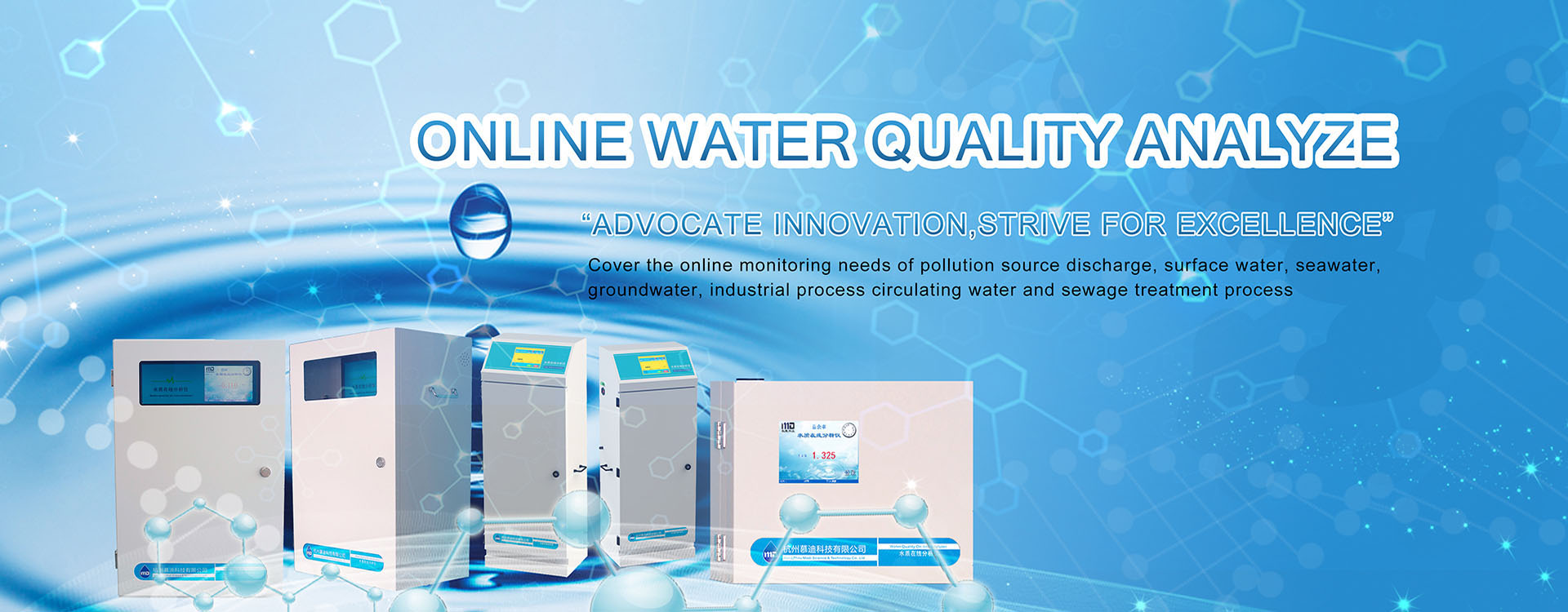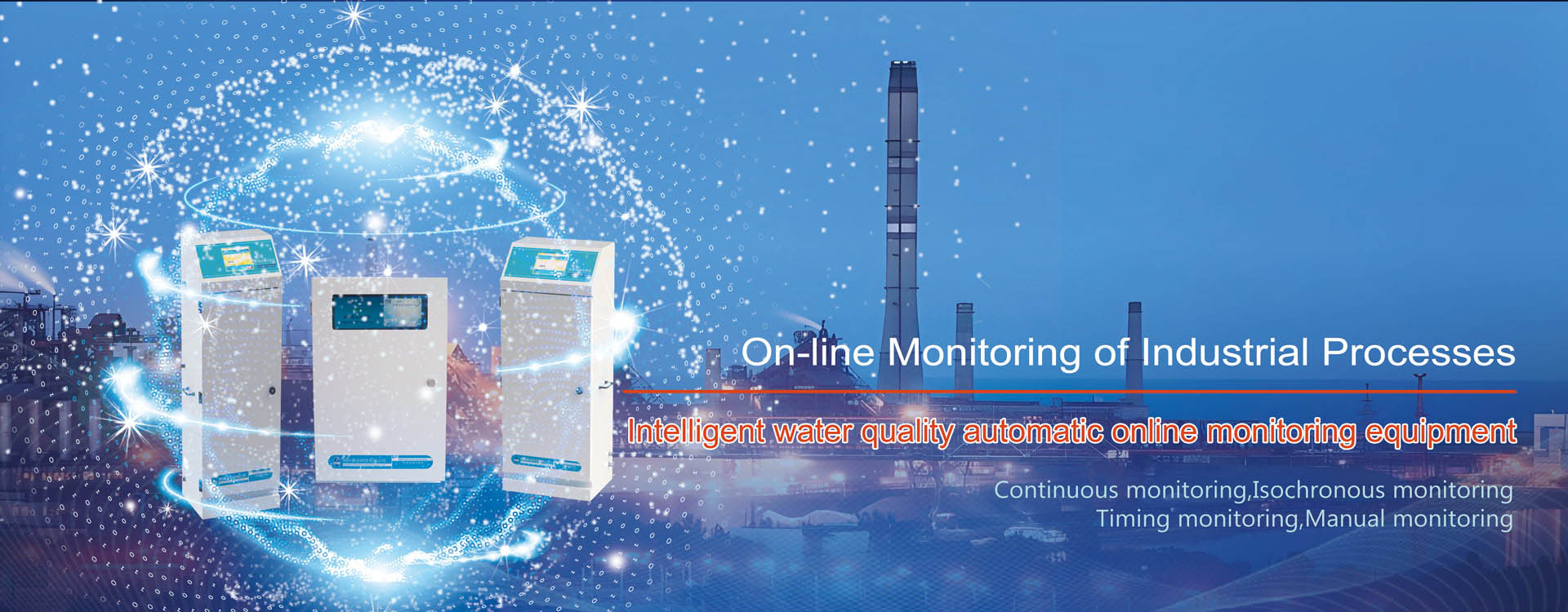The quality of water directly affects our lives. If the water in our daily life is polluted, it cannot be used normally. Not only may there be an unpleasant smell when using it, but in severe cases, it will inevitably cause harm to the human body. Therefore, relevant departments have corresponding indicators for all types of water quality. Only when the indicators are qualified can it be used!
How can one know if the water quality indicators are qualified? Use a water quality detector to determine whether the water quality standard is qualified!
There are many detection indicators, such as turbidity, color, total phosphorus, total nitrogen, total residual chlorine, coliform bacteria, biological toxicity, ammonia nitrogen, heavy metals, etc. A water quality detector is used to test various indicators in water, which can prevent water pollution problems. During the user’s operation, it is essential to pay attention to the maintenance of the instrument to avoid adverse effects such as inaccurate detection accuracy caused by poor maintenance in the future.
But how to choose a water quality detector? Should all the indicators be detected by one device or by a single-parameter instrument? This depends on the product’s functions. There are already multi-parameter water quality analyzers in the market, but these instruments are designed for the four conventional parameters of total phosphorus, total nitrogen, ammonia nitrogen, and COD. For instance, there are two-in-one, three-in-one, and four-in-one ones. However, when comparing them, single-parameter ones are still more accurate. Therefore, manufacturers do not recommend purchasing multi-parameter ones.
As for the occasions in which water quality detectors are used? This is quite extensive, including online monitoring of medical wastewater, water treatment process monitoring, online monitoring of drinking water, monitoring of circulating cooling water, and monitoring of industrial circulating water reuse, etc.




